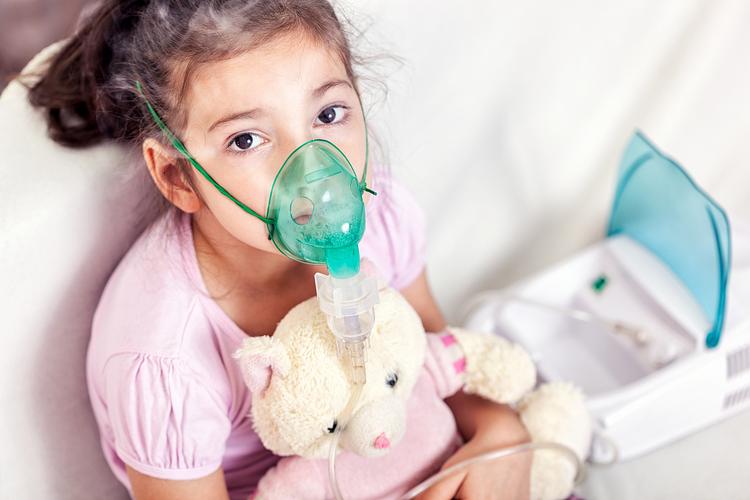Aerosol inhalation is used to treat respiratory diseases such as asthma, chronic obstructive pulmonary disease, bronchitis and pneumonia[1].It has the advantages of simple operation, high local drug concentration and few side effects,and is therefore very popular among clinicians and patients.However,not all drugs are suitable for nebulization inhalation.

The most commonly used nebulization preparations includeβ2 receptor agonists and steroids. The main nebulization products on the domestic and foreign markets include salbutamol, ipratropium bromide, budesonide, isoproterenol, etc.[2]. Ambroxol is an expectorant widely used in clinical practice. It has the effect of dissolving sticky sputum and making sputum easier to cough up. Because ambroxol has a rapid and effective effect, good tolerance, and can be used for a long time, it is considered to be an ideal expectorant[3].
The method of administration in its instructions and relevant pharmacopoeias is oral or intravenous administration. No nebulizer inhalation has been launched on the market so far. However, many domestic clinicians use ambroxol injection for nebulization inhalation to treat respiratory diseases.
There is currently a lack of systematic evaluation of relevant evidence on its effectiveness and safety. This study systematically evaluated the effect of ambroxol injection nebulization inhalation in the treatment of pneumonia, and analyzed the application value of ambroxol nebulization inhalation in the treatment of respiratory diseases in combination with clinical practice.
Reference:
1. Dolovich MB, Ahrens RC, Hess DR, et al. Device selection and outcomes of aerosol therapy: Evidence-based guidelines: American College of Chest Physicians/American College of Asthma, Allergy, and Immunology. Chest, 2005; 127(1): 335-371.
2. Labiris NR, Dolovich MB. Pulmonary drug delivery. Part II: the role of inhalant delivery devices and drug formulations in therapeutic effectiveness of aerosolized medications. Br J Clin Pharmacol, 2003; 56(6):600-612.
3. Yang HD, Xu B. Mechanism and clinical application of ambroxol. Chinese Journal of Hospital Pharmacy, 2002; 22(1): 44.